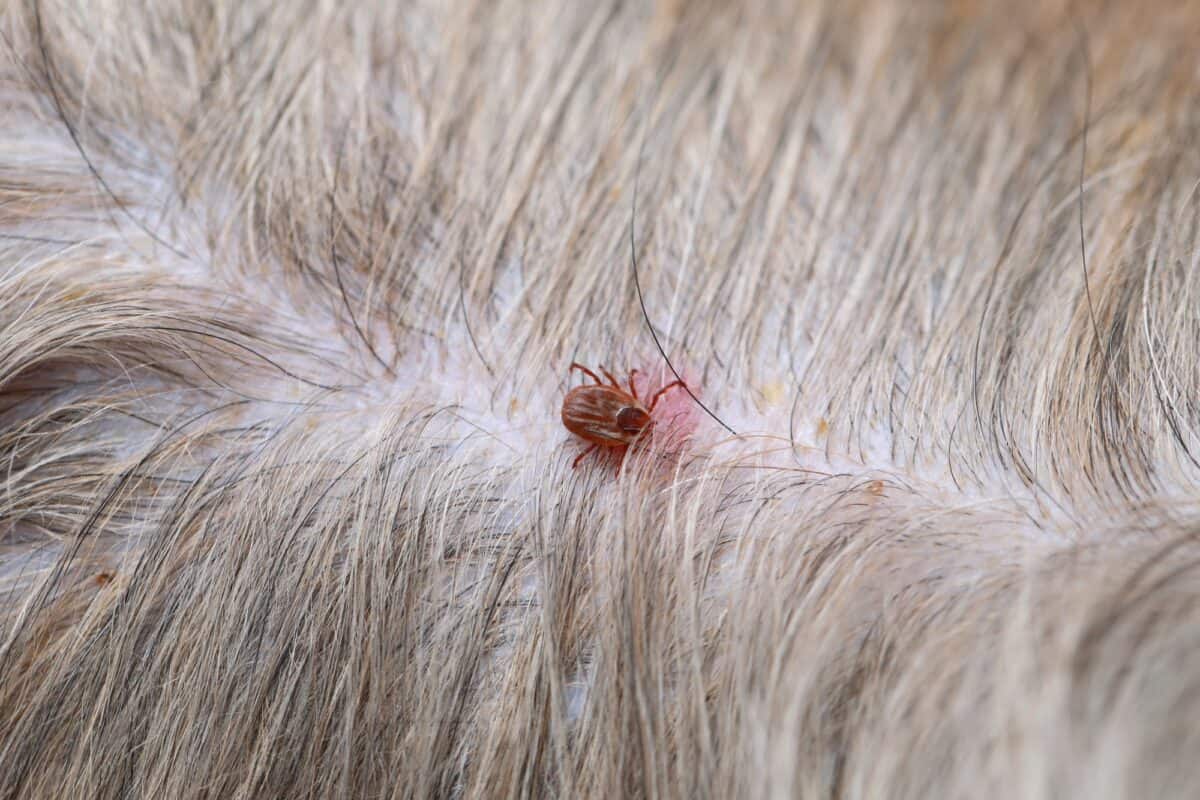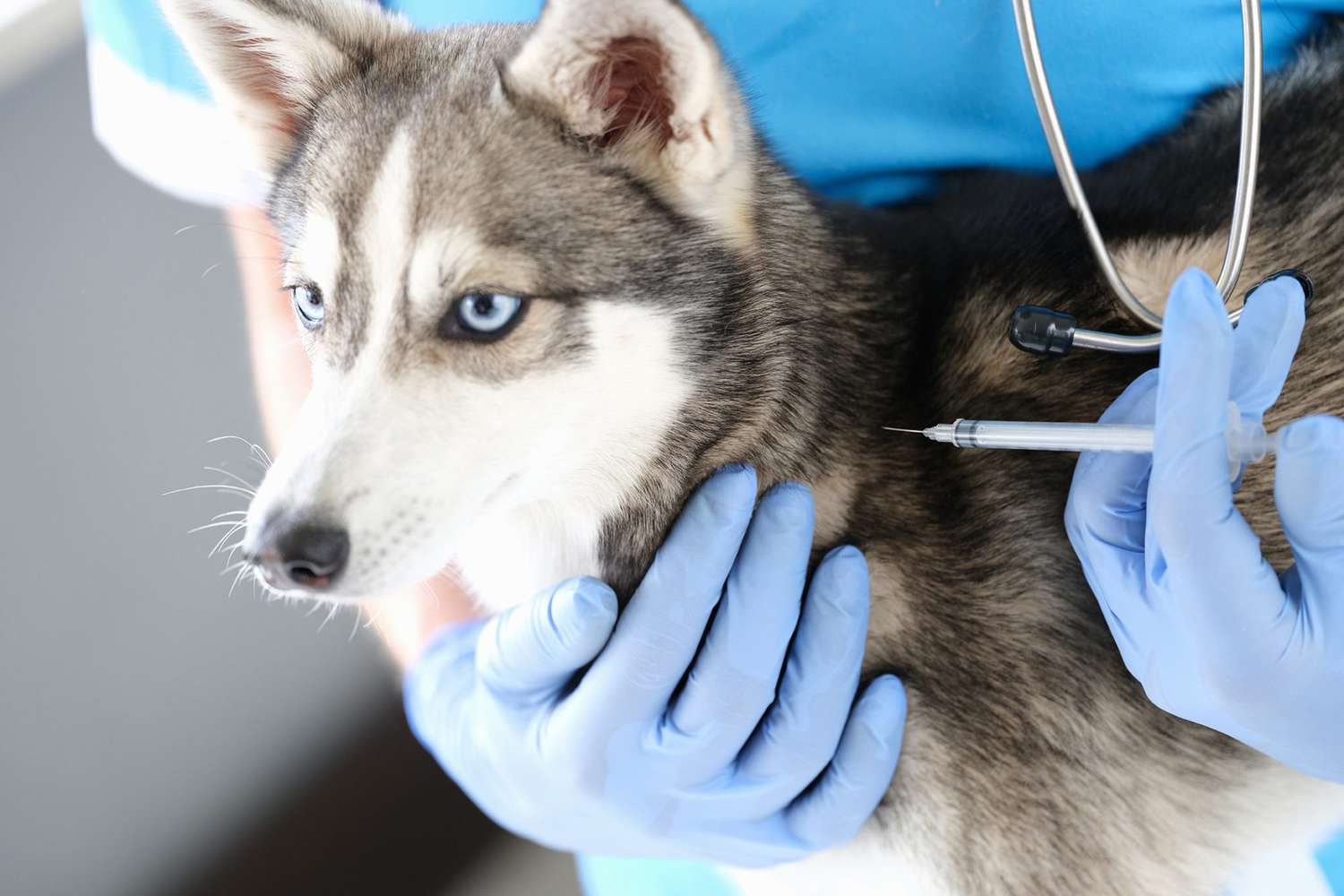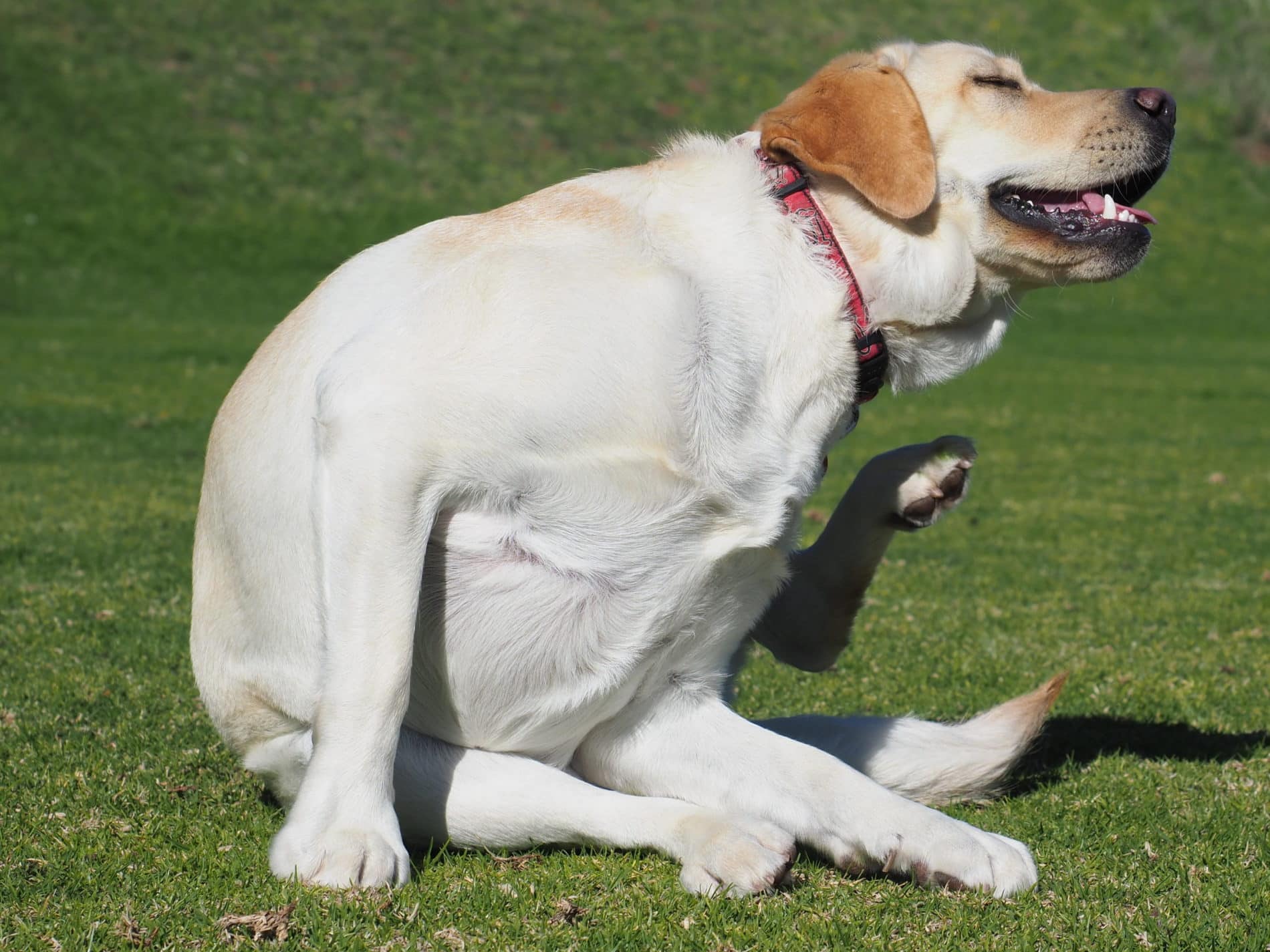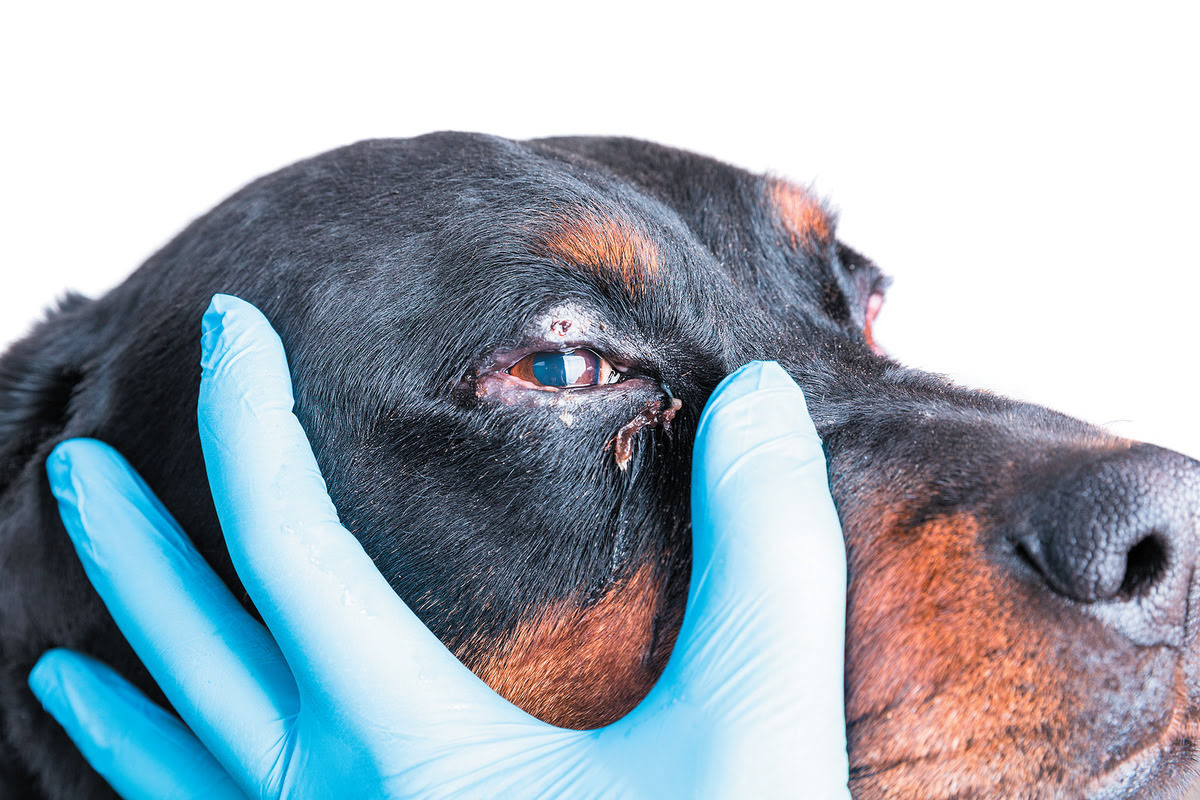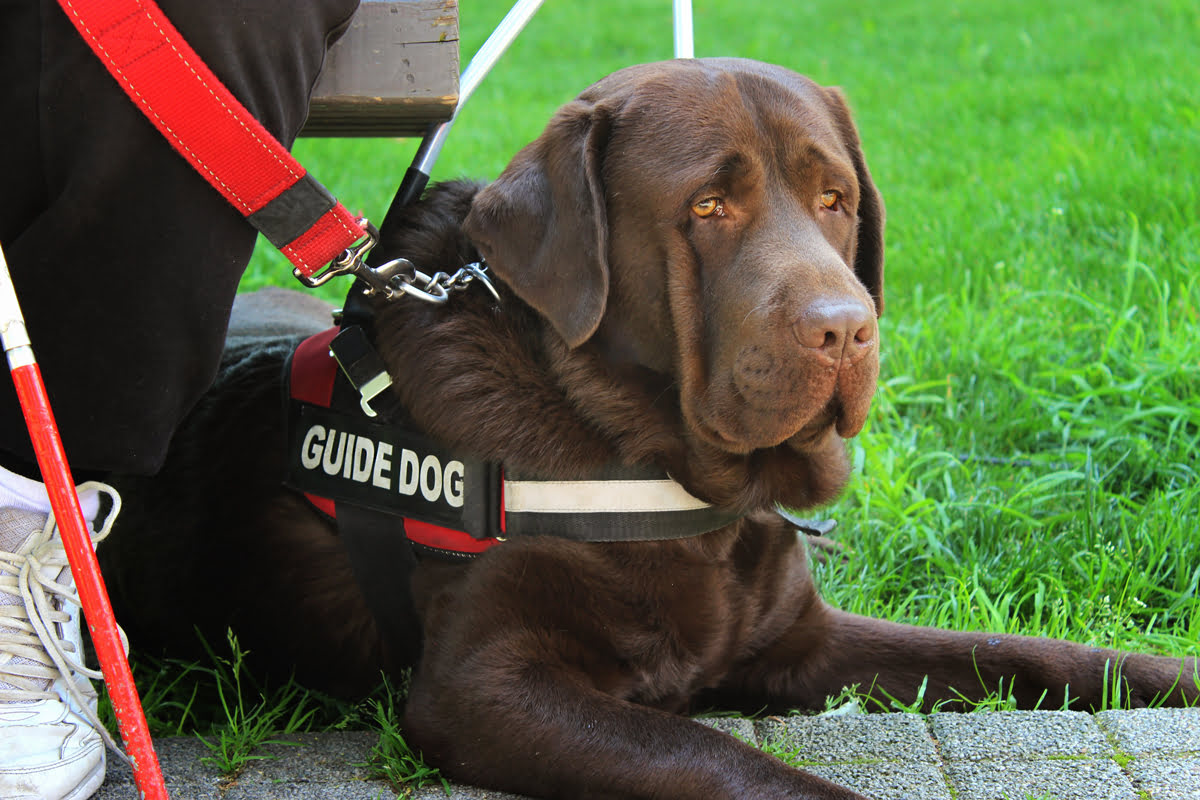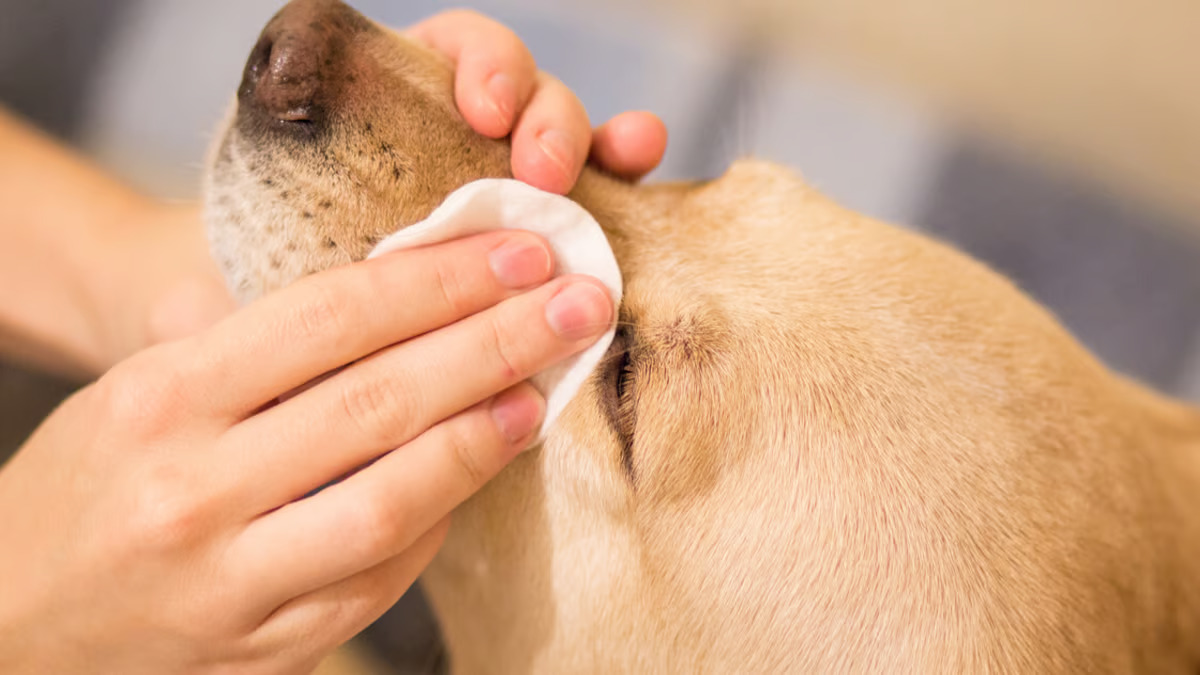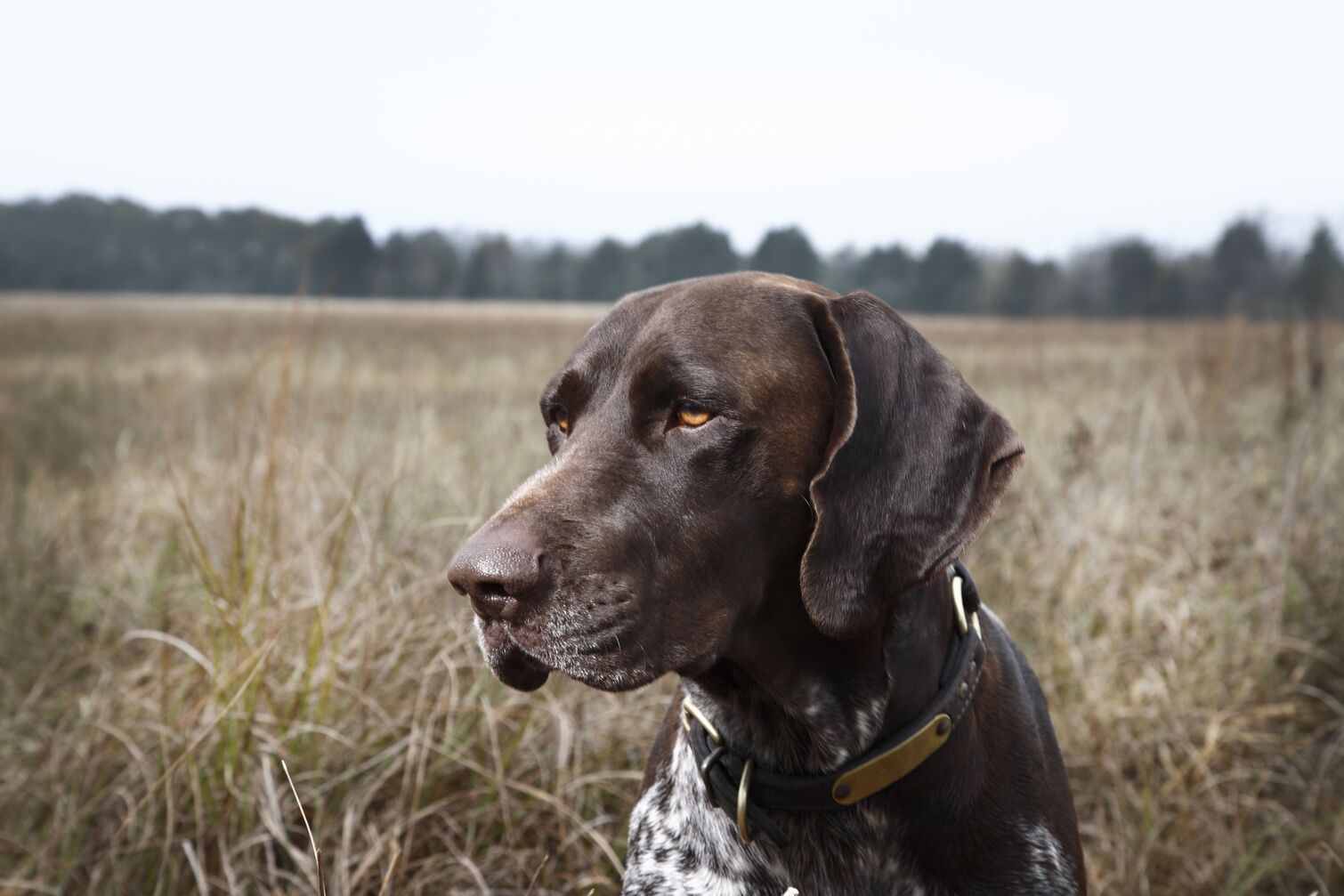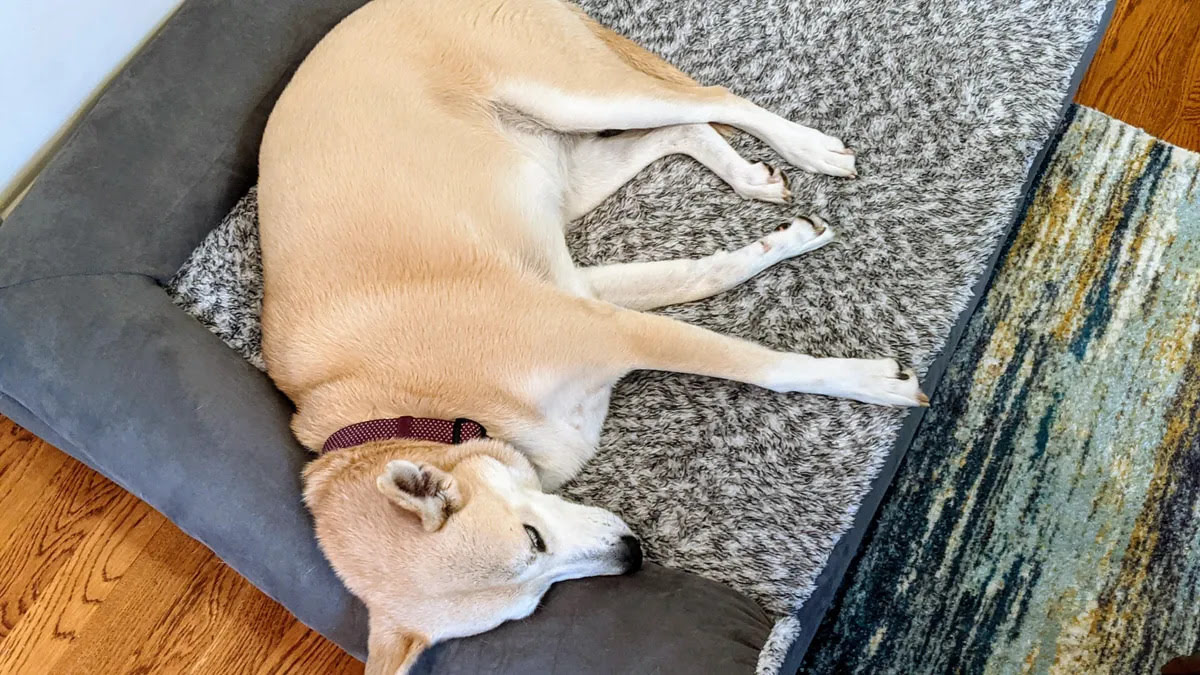Home>Health & Wellness>Common Health Issues>Eye and Ear Health>How To Get A Tick Off Of My Dog’s Eye Area
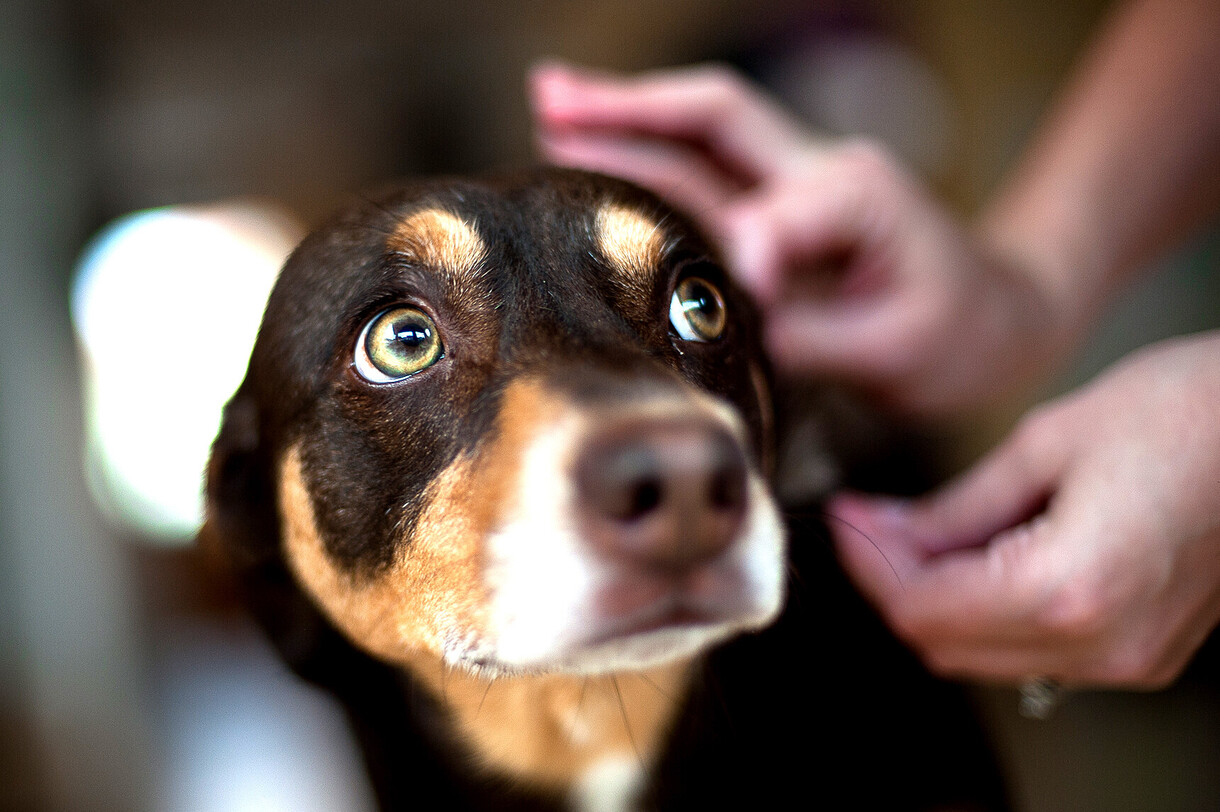

Eye and Ear Health
How To Get A Tick Off Of My Dog’s Eye Area
Published: February 12, 2024
Learn how to safely remove a tick from your dog's eye area and protect their eye and ear health with our expert tips and advice. Keep your furry friend healthy and happy!
(Many of the links in this article redirect to a specific reviewed product. Your purchase of these products through affiliate links helps to generate commission for Pawsomeoldies.com, at no extra cost. Learn more)
Table of Contents
Introduction
Ticks are pesky parasites that can pose a threat to your dog's eye health. These tiny arachnids are not only a nuisance but can also transmit diseases such as Lyme disease, ehrlichiosis, and anaplasmosis. When a tick latches onto your dog's eye area, it can cause discomfort, irritation, and potentially lead to serious health issues if not addressed promptly.
In this comprehensive guide, we will delve into the risks associated with ticks in the eye area, provide a step-by-step approach to safely removing ticks from your dog's eye area, and offer valuable tips for preventing future tick infestations. By understanding the potential dangers and equipping yourself with the knowledge to address tick-related concerns, you can safeguard your dog's eye health and overall well-being.
Stay tuned as we navigate through the intricacies of tick removal and prevention in the delicate eye area, empowering you to take proactive measures to protect your furry companion from these troublesome parasites.
Read more: What Gets Ticks Off A Dog
Understanding the risks of ticks in the eye area
Ticks are notorious for their ability to latch onto various parts of a dog's body, including the sensitive eye area. When a tick infests the eye area, it can lead to a range of risks and complications that necessitate immediate attention.
Potential Risks:
-
Irritation and Discomfort: The presence of a tick in the eye area can cause significant discomfort for your dog. The constant irritation and itching can lead to excessive rubbing or scratching, potentially resulting in corneal abrasions or other injuries to the delicate eye tissues.
-
Transmission of Diseases: Ticks are vectors for a multitude of diseases, and when they attach themselves to the eye area, the risk of disease transmission becomes particularly concerning. Diseases such as Lyme disease, which can cause ocular manifestations, and ehrlichiosis, which may lead to ocular hemorrhage, pose serious threats to your dog's eye health when transmitted through a tick bite in the eye area.
-
Obstruction of Vision: A tick in the eye area can obstruct your dog's vision, leading to impaired sight and potential complications in navigating their surroundings. This obstruction can cause distress and anxiety for your pet, impacting their overall well-being.
-
Secondary Infections: The act of a tick feeding in the eye area can create an entry point for bacteria, increasing the risk of secondary infections. These infections can exacerbate the initial discomfort and may require additional medical intervention to address effectively.
Sensitivity of the Eye Area:
The eye area is particularly sensitive and vulnerable, making it crucial to handle tick infestations with utmost care and precision. Any mishandling or improper removal techniques can result in further complications, emphasizing the need for a gentle and informed approach to addressing ticks in this delicate region.
By recognizing the potential risks associated with ticks in the eye area, dog owners can appreciate the urgency of promptly addressing tick infestations in this critical area. With a clear understanding of these risks, you can proceed to the next section, which provides a detailed step-by-step guide to safely removing ticks from your dog's eye area.
Step-by-step guide to safely removing a tick from your dog's eye area
When confronted with a tick infestation in your dog's eye area, it's essential to approach the situation with caution and precision. Here's a detailed step-by-step guide to safely removing a tick from your dog's eye area:
-
Prepare the Environment: Find a well-lit, comfortable space where your dog can be gently restrained for the tick removal process. Ensure that you have adequate lighting to clearly see the affected eye area.
-
Gather Necessary Supplies: Equip yourself with fine-tipped tweezers or a tick removal tool, gloves to protect your hands, and a disinfectant solution for cleaning the affected area post-removal.
-
Restrain Your Dog: Calmly restrain your dog, ensuring that they are comfortable and secure. If possible, enlist the help of another person to soothe and support your dog during the process.
-
Inspect the Eye Area: Carefully examine the eye area to locate the tick. Use a gentle touch to part the fur and identify the precise location of the tick's attachment.
-
Grasp the Tick: With the fine-tipped tweezers or tick removal tool, grasp the tick as close to the skin's surface as possible. Avoid squeezing or crushing the tick to prevent the release of additional toxins or pathogens.
-
Remove the Tick: With a steady hand, gently pull the tick straight out, using a slow and consistent motion. Ensure that the entire tick is extracted, including its mouthparts, to minimize the risk of residual irritation or infection.
-
Disinfect the Area: After the tick has been successfully removed, cleanse the affected eye area with a mild disinfectant solution to prevent potential infections and soothe any irritation.
-
Monitor for Symptoms: Keep a close eye on your dog for any signs of discomfort, redness, swelling, or unusual behavior following the tick removal. If any concerning symptoms arise, seek veterinary assistance promptly.
-
Dispose of the Tick: Safely dispose of the tick by placing it in a sealed container or bag. This ensures that the tick cannot reinfest your dog or pose a risk to other pets or humans.
-
Offer Comfort and Reassurance: Shower your dog with comfort and reassurance after the tick removal process. Affection and gentle praise can help alleviate any stress or anxiety caused by the ordeal.
By following this step-by-step guide, you can safely and effectively remove a tick from your dog's eye area, minimizing the potential risks and ensuring your pet's well-being. Remember, a calm and methodical approach is key to successfully addressing tick infestations in sensitive areas such as the eye, safeguarding your dog from discomfort and health complications.
Preventing future tick infestations in the eye area
Preventing future tick infestations in your dog's eye area is paramount to safeguarding their ocular health and overall well-being. By implementing proactive measures and incorporating tick prevention strategies into your routine, you can significantly reduce the risk of tick-related concerns in this sensitive region.
1. Regular Inspection and Grooming
Consistent inspection of your dog's entire body, including the eye area, is crucial for early detection of ticks. During grooming sessions, pay close attention to the fur around the eyes and carefully examine the eyelids and surrounding tissues. By promptly identifying and removing any ticks, you can prevent infestations from escalating and minimize the likelihood of ocular complications.
2. Tick Preventive Products
Utilize veterinarian-recommended tick preventive products to create a protective barrier against tick infestations. Topical treatments, collars, and oral medications specifically formulated to repel and eliminate ticks can be instrumental in safeguarding your dog's eye area from potential infestations. Consult with your veterinarian to determine the most suitable tick preventive measures for your pet based on their individual needs and lifestyle.
3. Environmental Management
Maintain a well-groomed and tick-resistant environment in and around your home. Regularly mow the lawn, trim vegetation, and remove any potential tick habitats to minimize the risk of exposure. Consider employing environmentally safe tick control measures in outdoor areas frequented by your dog, further reducing the likelihood of tick encounters in the eye area.
Read more: How To Get Rid Of Fleas And Ticks On My Dog
4. Protective Gear
When venturing into tick-prone environments, such as wooded areas or tall grass, consider outfitting your dog with protective gear, such as tick-repellent clothing or accessories. These specialized items can act as an additional line of defense, reducing the risk of ticks attaching to your dog's eye area during outdoor excursions.
5. Professional Guidance and Vaccinations
Seek guidance from your veterinarian regarding comprehensive tick control strategies and the availability of tick-borne disease vaccinations. By staying informed about the latest preventive measures and vaccination options, you can fortify your dog's defenses against tick-related threats, including those targeting the eye area.
6. Ongoing Vigilance
Maintain a vigilant stance against ticks and remain attuned to any signs of potential infestations in your dog's eye area. Promptly address any concerns or symptoms, and seek veterinary assistance if you suspect a tick-related issue. By staying proactive and attentive, you can effectively mitigate the risk of future tick infestations in this delicate region.
By integrating these preventive measures into your dog's care regimen, you can create a fortified defense against tick infestations in the eye area, promoting a healthier and more secure environment for your beloved canine companion. Prioritizing proactive tick prevention not only safeguards your dog's ocular health but also contributes to their overall vitality and quality of life.
Conclusion
In conclusion, safeguarding your dog's eye area from tick infestations is a crucial aspect of responsible pet care. The potential risks associated with ticks in this delicate region underscore the importance of proactive measures to prevent infestations and address concerns promptly. By understanding the risks, implementing safe tick removal techniques, and integrating comprehensive preventive strategies, you can significantly reduce the likelihood of tick-related complications in your dog's eye area.
The step-by-step guide provided offers a systematic approach to safely removing ticks from the eye area, emphasizing the significance of gentle handling and thorough post-removal care. This guide empowers dog owners to navigate the intricacies of tick removal with confidence, ensuring the well-being of their furry companions.
Furthermore, the emphasis on preventive measures underscores the proactive stance necessary to mitigate the risk of future tick infestations. Regular inspection, tick preventive products, environmental management, protective gear, professional guidance, and ongoing vigilance collectively form a robust defense against tick-related concerns in the eye area.
By prioritizing the ocular health of your dog and incorporating these preventive strategies into your routine, you can create a safer and more secure environment for your pet. Additionally, seeking guidance from a veterinarian and staying informed about the latest advancements in tick control and vaccination options can further enhance your dog's defenses against tick-borne threats.
Ultimately, by fostering a proactive and informed approach to tick prevention and management, you can provide your dog with the best possible protection against the risks posed by ticks in the eye area. This proactive stance not only promotes your dog's ocular health but also contributes to their overall well-being and quality of life.
In essence, the journey to safeguarding your dog's eye area from tick infestations is a testament to the unwavering commitment to your pet's health and happiness. By embracing the knowledge and strategies outlined in this guide, you are equipped to navigate the complexities of tick-related concerns with confidence and compassion, ensuring that your dog enjoys a vibrant and tick-free existence.
Remember, your proactive efforts in tick prevention and management play a pivotal role in nurturing a thriving and resilient bond with your beloved canine companion, fostering a future filled with joy, vitality, and cherished moments together.
